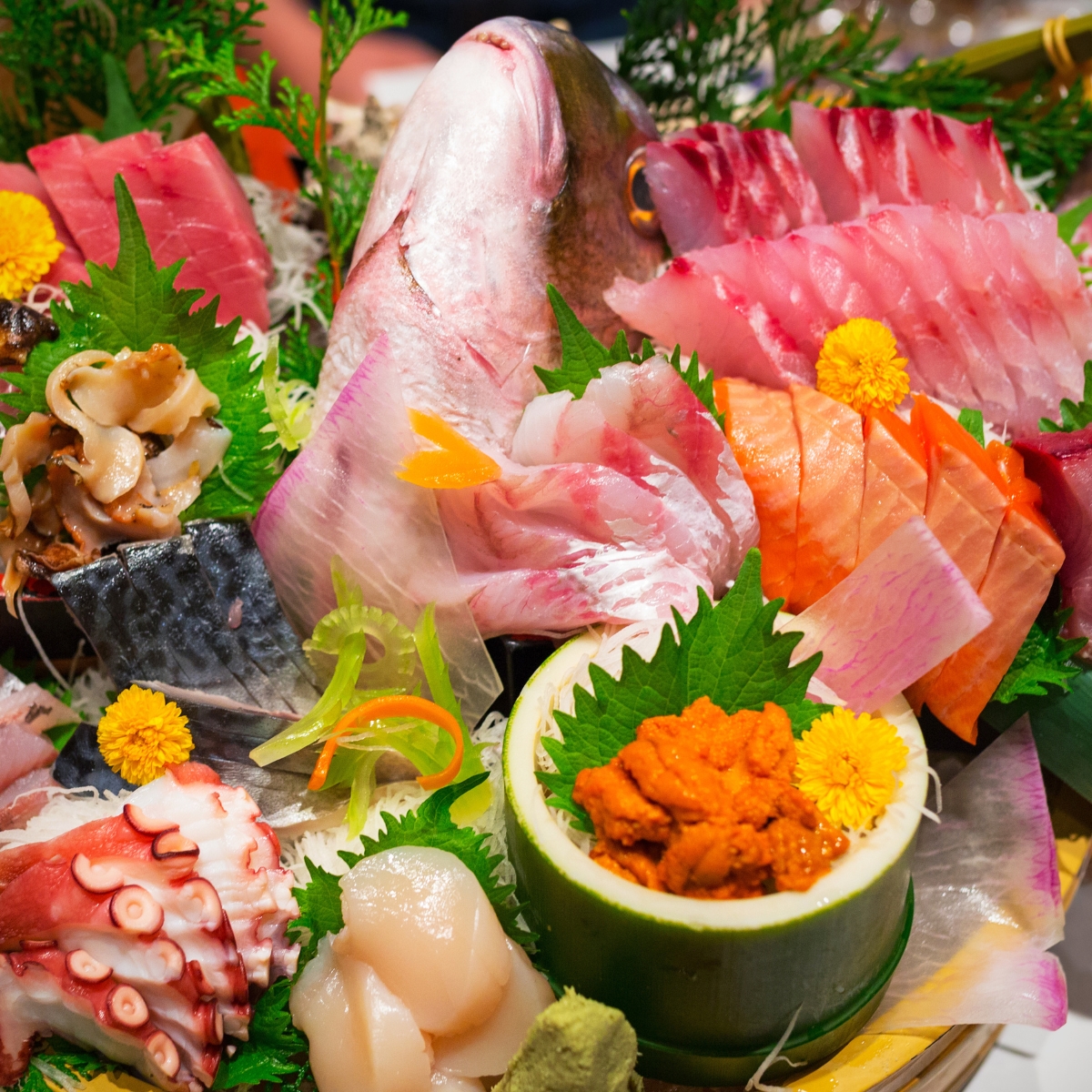Hiramori: What Is This Japanese Plating Style?
Hiramori is a Japanese plating style where the food is arranged in a way that is aesthetically pleasing to the eye. It’s also known as “Kanshoku” or “Gururomu”. Hiramori is all about making your food look as good as it tastes, and it’s a very important part of Japanese culture.
So, let’s take a closer look at this plating style.


Check out our new cookbook
Bitemybun's family recipes with complete meal planner and recipe guide.
Try it out for free with Kindle Unlimited:
Read for freeIn this post we'll cover:
Exploring the Different Types of Japanese Cuisine
Hiramori vs. Me de Taberu
When it comes to Japanese cuisine, there’s a lot more to it than just sushi and ramen. One of the lesser-known practices is Hiramori, which is the art of arranging food on a plate to create a pleasing visual effect. It’s closely related to the term “Me de Taberu,” which literally translates to “feast with your eyes.” This refers to the practice of enjoying food by looking at it and appreciating the presentation.
Hiramori vs. Kaiseki
Kaiseki is a traditional style of Japanese cuisine that is typically served for special occasions. It’s a multi-course feast that usually consists of small dishes like “Sakizuke,” which is similar to an appetizer, and “Mukozuke,” which is thinly sliced raw fish sashimi. Kaiseki has a long history, as it was originally served as a little lunch by the tea ceremony host to greet guests.
Hiramori vs. Omakase
Omakase is a system of ordering food that’s popular in Japanese sushi restaurants. It’s when the diner leaves it up to the chef to decide what to serve, and the chef will typically choose a selection of freshly prepared dishes. This is in contrast to Hiramori, which is the art of arranging food to make it look more attractive.
Hiramori vs. Washoku
Washoku is a Kanji term for Japanese food or traditional Japanese cuisine. It encompasses a wide range of dishes, from sushi and ramen to tempura and soba. Hiramori is the art of decorating and arranging food on the plate and table, while Washoku is the actual style of cooking.
So there you have it! Whether you’re looking for a feast for your eyes or a delicious traditional meal, there’s something for everyone when it comes to Japanese cuisine. Bon appétit!
A Guide to Hiramori Plating Styles
What is Hiramori?
Hiramori is a traditional Japanese style of food presentation that focuses on aesthetics and practicality. It’s all about making food look beautiful and inviting, while also making it easy to identify and enjoy the individual elements of the dish.
Common Plating Techniques
Hiramori plating techniques can be divided into five main categories:
- Hiramori: Arranging food of similar sizes and colors on a flat plane. This is the most popular technique.
- Sugimori: Placing slices and food strips in a slanted pile or cedar shape.
- Kasanemori: Overlapping food slices or a stacked arrangement.
- Tawaramori: Rounds or food blocks placed horizontally to look like a pyramid.
- Tenmori: Finishing touches of flavor and appearance.
Elements that Govern the Aesthetics of a Traditional Japanese Meal
A traditional Japanese meal is all about balance. The five tastes – sweet, sour, savory, salty, and bitter – are typically represented in the number of servings on a Japanese food table.
The Principles of Hiramori
Hiramori is all about making food look attractive and practical. It’s not just about making it look pretty, but also making it easier to identify and enjoy the individual elements of the dish. Here are some of the principles that govern Hiramori:
- Aesthetic and Practical: Hiramori is both an aesthetic and practical approach to food presentation.
- Practicality: Soup and rice is always served in a small bowl called kobachi, making it easier to hold and eat. Sushi is usually served on a large, flat plate to make it easier to pick and choose the type of sushi.
- Creativity and Precision: Hiramori requires creativity, skill, and precision. A chef must know how to arrange food in a way that will draw people’s attention and spark their interest.
- Spiritual Side: Hiramori also has a spiritual side to it. Many Japanese people consider the presentation of their food as part of their cultural identity and tradition.
- Seasonality: Seasonality is an important element in Hiramori, as it emphasizes hospitality and respect for guests.
Conclusion
Hiramori is a traditional Japanese style of food presentation that focuses on aesthetics and practicality. It’s all about making food look beautiful and inviting, while also making it easy to identify and enjoy the individual elements of the dish. With its focus on creativity, precision, and seasonality, Hiramori is a great way to show your guests that you care about their experience.
Conclusion
If you’re looking for a unique and creative way to plate your sushi, then Hiramori is the way to go! With its emphasis on negative space, color variations, asymmetry, and food arrangement and presentation, it’s sure to WOW your dinner guests. Just remember that sushi etiquette still applies, so don’t forget to brush up on your chopstick skills! And don’t forget to have FUN with it – after all, it’s not called ‘HIRAMORI’ for nothing!
Check out our new cookbook
Bitemybun's family recipes with complete meal planner and recipe guide.
Try it out for free with Kindle Unlimited:
Read for freeJoost Nusselder, the founder of Bite My Bun is a content marketer, dad and loves trying out new food with Japanese food at the heart of his passion, and together with his team he's been creating in-depth blog articles since 2016 to help loyal readers with recipes and cooking tips.
